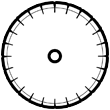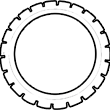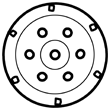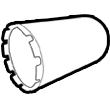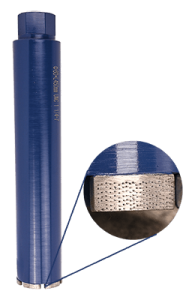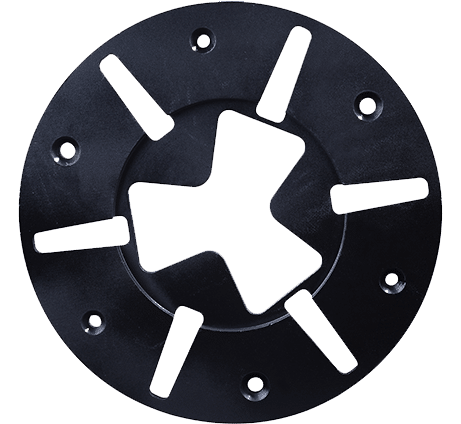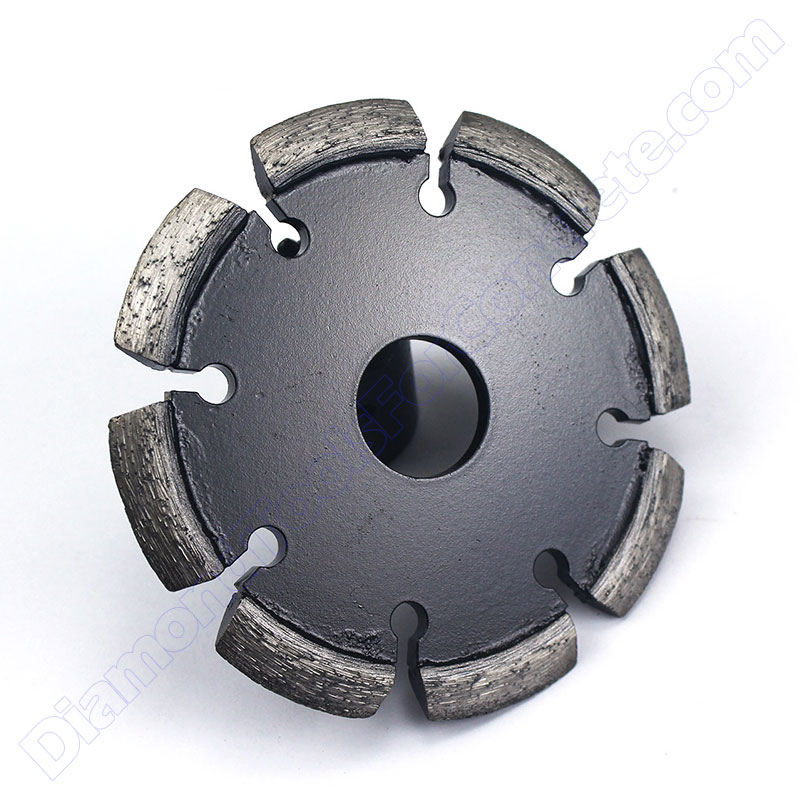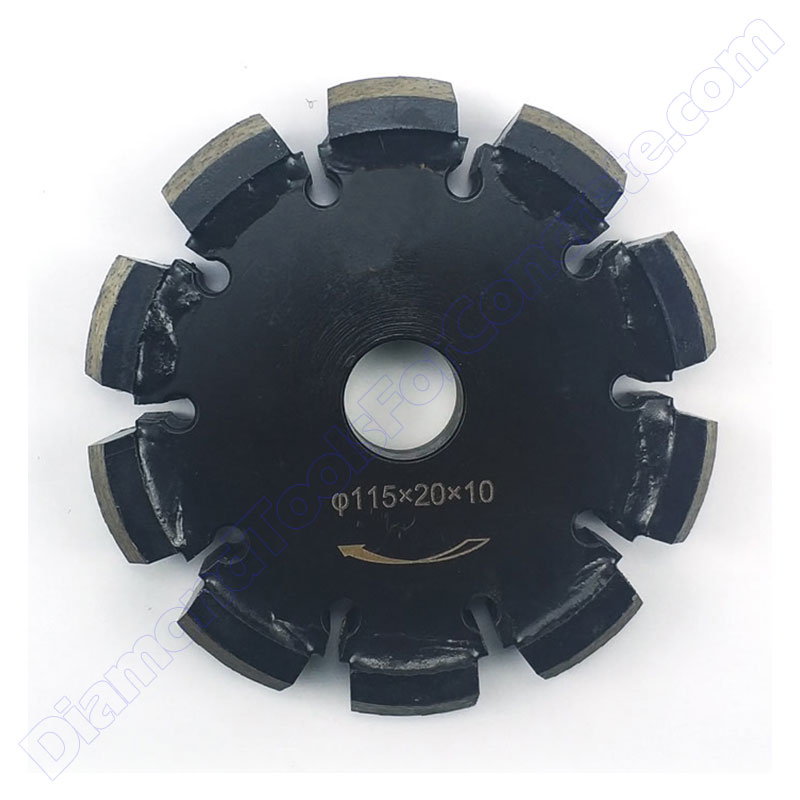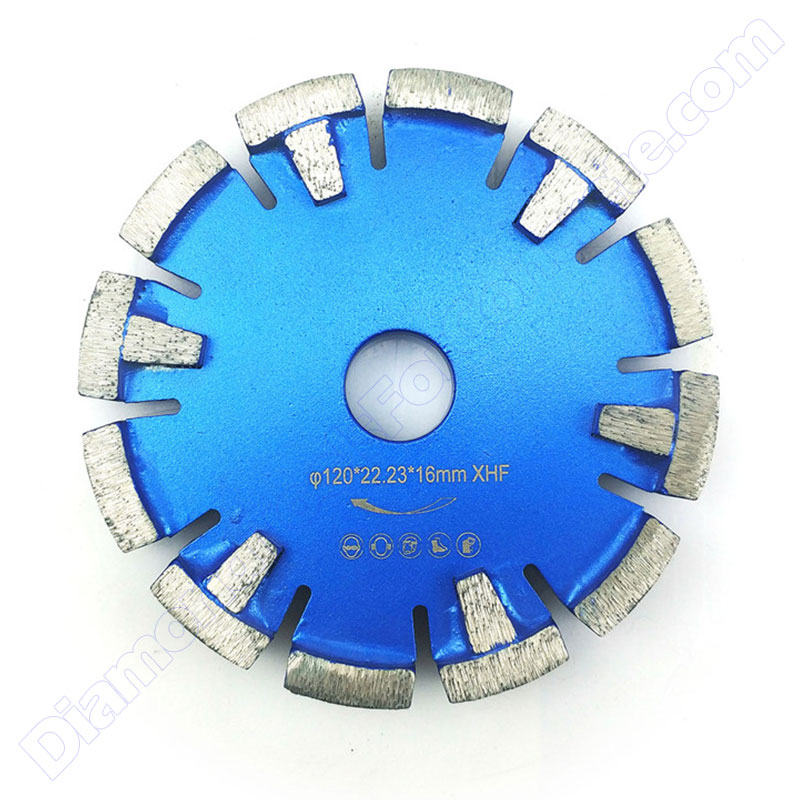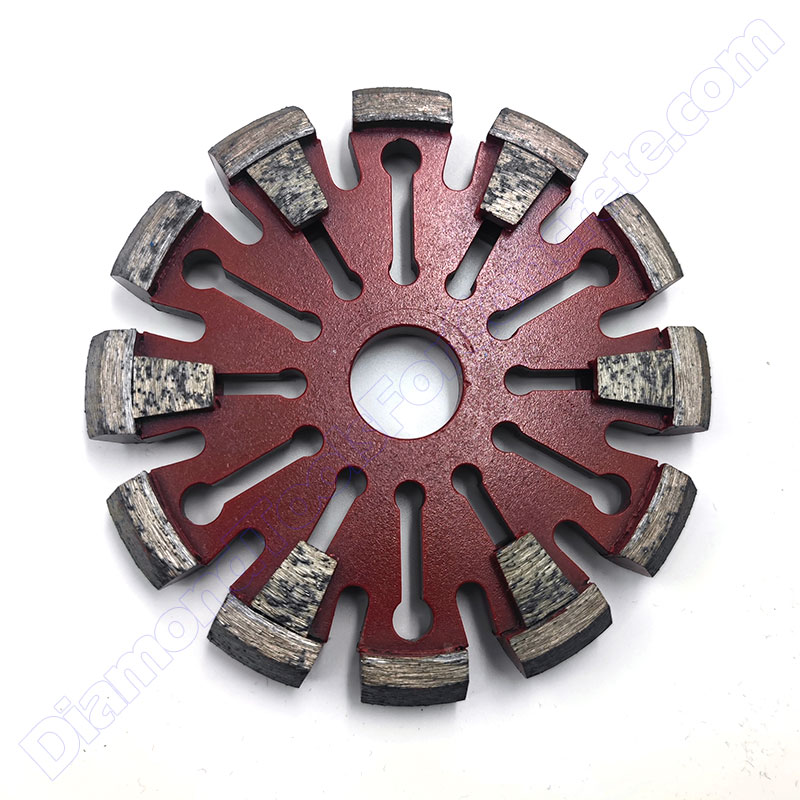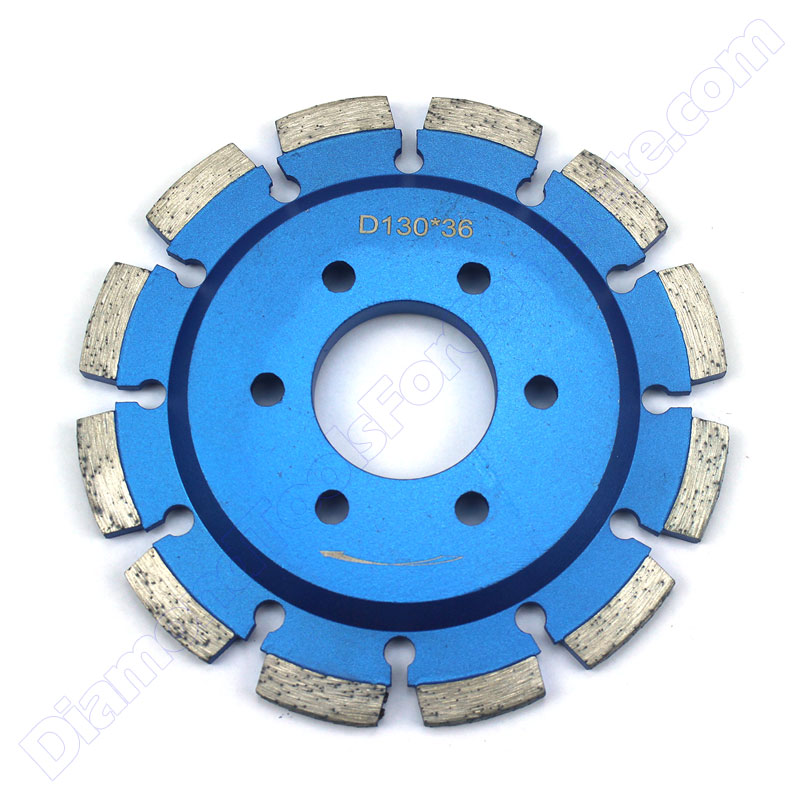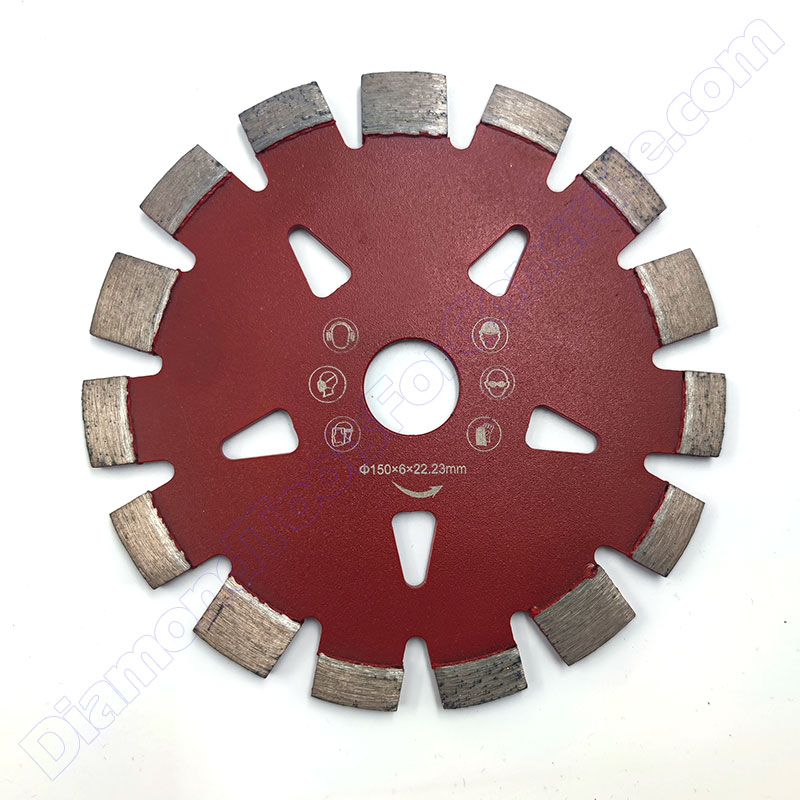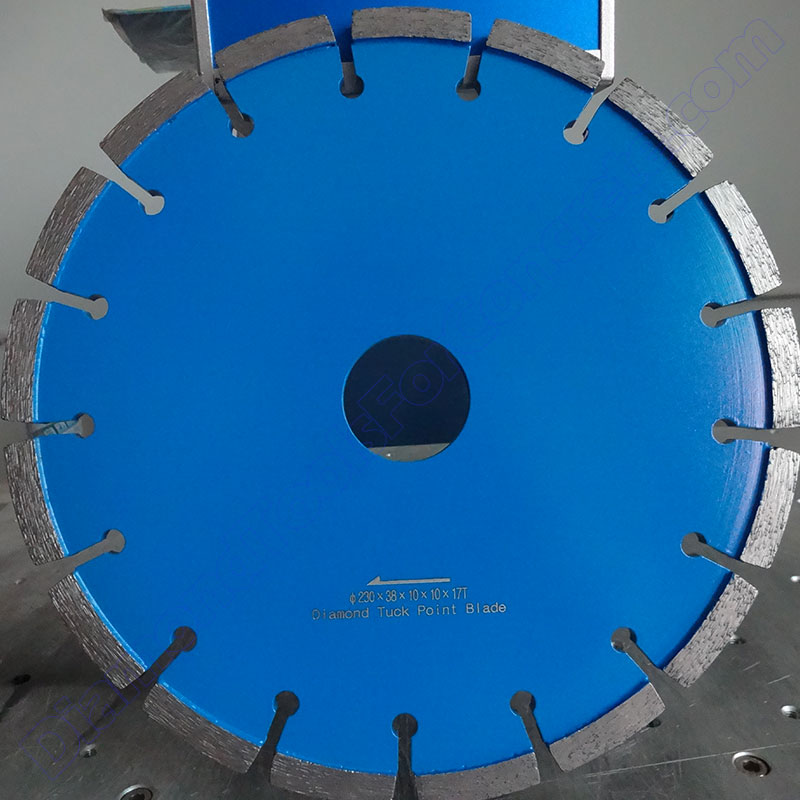Table of Contents
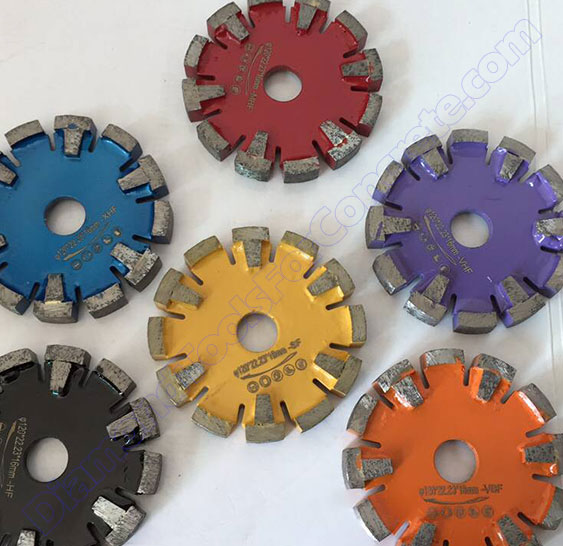
A tuck point blade is a specialized diamond blade used in masonry work, specifically for the process known as “tuckpointing.” Tuckpointing involves removing old or damaged mortar from between bricks, stones, or blocks in a wall or structure and replacing it with new mortar. This is often done to restore the integrity of the masonry and improve its appearance.
The tuck point blades can also be used on concrete floors to create channels for pipe installation, such as for underground heating systems. When used for repairing concrete floors, tuck point blades are also referred to as crack chaser blades.
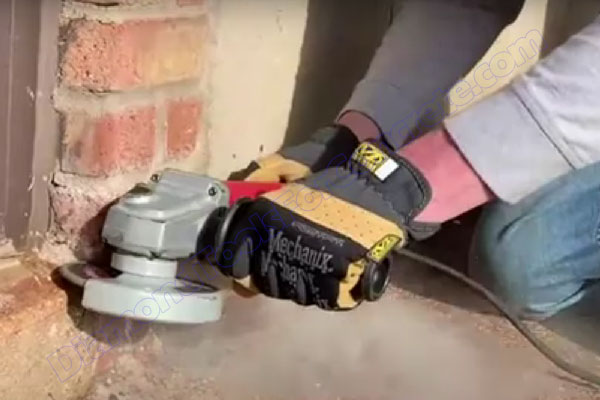
Mortar removing

underground pipe installation

Crack chasing
5 things you may need to know
To make a better choice when purchasing tuck point blades, there are five important factors you may need to know.
1. Cutting width and depth(Diameter & segment thickness)
Tuck point blades are highly customized diamond tools designed for various applications, with segments that are significantly thicker than standard diamond saw blades. Since each tuck pointing project differs in cutting depth and width, it’s essential to understand your specific cutting requirements. Once you’ve determined the cutting width and depth, you can select the appropriate blade diameter and segment thickness.
We offer a wide range of tuck point blade diameters, including 4″/100mm, 4.5″/115mm, 4.7″/120mm, 5″/125mm, 6″/150mm, and more. The segment thickness can be customized to meet your specific needs.
2. Connection (Arbor)
Similar to other diamond saw blades, the connection, or arbor, is a critical aspect of tuck point blades that directly affects their performance and compatibility with different machines. Ensuring the correct arbor size is crucial for safe and effective operation.
The most common arbor sizes for tuck point blades are 20mm, 22.23mm, M14, and 5/8″-11. Choosing the right arbor size is essential for achieving a secure fit and optimal cutting results, as an improper connection can lead to inefficiency and potential safety hazards during use.
3. Segment type
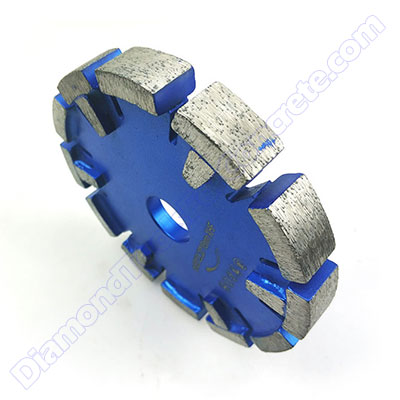
Normal segment

Roof segment
Tuck point blades primarily come in two segment types: normal segments and roof segments. The normal segment is the standard design and is often more cost-effective, making it a competitive choice for general tuck pointing tasks.
On the other hand, the roof segment features a unique design with a raised “roof” on top of the segment. This design is particularly beneficial for precise starting points, as it helps to guide the blade accurately when beginning tuck pointing. The roof segment is especially useful for detailed work where exact placement is crucial, providing an advantage in more specialized applications.
4. Side teeth or not?
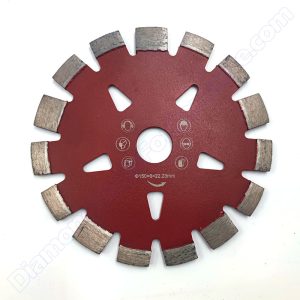
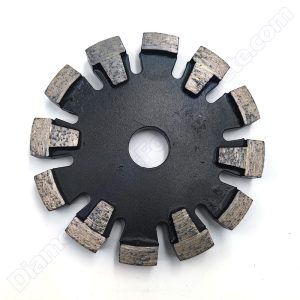
The side teeth on a tuck point blade offer several advantages. They help in cutting through material more efficiently by providing additional cutting surfaces, which allows the blade to maintain a straighter and more controlled cut. The side teeth also help in clearing debris from the cut, reducing friction and heat buildup, which extends the blade’s life.
Choosing between tuck point blades with or without side teeth depends on the specific application and material you are working with:
- Blades with Side Teeth:
- Best for Tougher Jobs: If you’re working on more challenging tasks like removing old mortar, widening joints, or cutting through hard materials such as brick, concrete, or stone, side teeth provide extra cutting power and efficiency.
- Better Debris Removal: Side teeth help clear debris from the cut, reducing heat buildup and extending the blade’s life. This makes them ideal for longer or more intensive jobs.
- Blades without Side Teeth:
- Best for Precision Work: If the job requires more precision, such as cutting delicate or thinner materials, blades without side teeth are preferable. They offer cleaner cuts with less risk of chipping or damaging adjacent surfaces.
- Cost-Effective: These blades are often more affordable and suitable for lighter-duty tasks or when working on softer materials.
Consider the material you’re cutting, the depth and width of the cut needed, and the project’s overall scope. For general-purpose use, blades with side teeth offer versatility, while those without are better for precise, controlled work.
5. Bond type
The segments of a tuck point blade are significantly thicker than those of other diamond saw blades. When using a tuck point blade to work on concrete, the process is essentially a form of grinding. Therefore, similar to selecting the appropriate bond type for concrete grinding diamonds, it’s important to choose the right bond for the tuck point blade segments to match the hardness of the concrete. Below, you can find the bond types we offer:
Concrete hardness and corresponding bond types
| Concrete Hardness | Extremely Hard | Very Hard | Hard | Medium | Soft | Very Soft |
|---|---|---|---|---|---|---|
| MOH’S | 7-9 | 5-7 | 4-5 | 3-4 | 2-3 | 1-2 |
| PSI | 6500-9000 | 5000-7000 | 4000-5000 | 3000-4000 | 1500-3500 | 1000-2000 |
| MPA | C50-C65 | C40-C55 | C30-C50 | C20-C40 | C15-C25 | C10-C20 |
| Bond Type | Extremely Soft Bond | Very Soft Bond | Soft Bond | Medium Bond | Hard Bond | Very Hard Bond |
| Bond Codes | XSB | VSB | SB | MB | HB | VHB |
| Floor Codes | XHF | VHF | HF | MF | SF | VSF |
| Color Represented |
Tuck point blades
Xpert Diamond Tools provide different sizes of tuck point blades with or without the protective teeth. The segment can be normal type or roof type. Roof segments are better to location the place when start cutting.
Please contact us with your detailed requirements, and we will manufacture a high-quality diamond tuck point blade that meets your exact specifications and ensures your satisfaction.
OEM service
We offer additional services for painting and laser engraving.
For end-users such as contractors, most do not require customized painting colors or logo engraving. In such cases, we proceed with standard painting and engraving procedures. However, most resellers seek to enhance brand visibility and recognition by customizing painting colors and engraving logos on tools.
Painting colors
Here we sort a series of our general painting colors for your reference. You can choose the color from the chart or customize other painting colors by providing us with the code of Pantone colors or others
Generally used colors for Xpert Diamond Tools
| Red | A001 | A002 | A003 | A004 |
|---|---|---|---|---|
| Orange | B001 | B002 | ||
| Yellow | C001 | |||
| Green | D001 | D002 | D003 | |
| Blue | E001 | E002 | E003 | |
| Brown | F001 | F002 | F003 | |
| Purple | G001 | |||
| Black | H001 (Bright Black) | H002 (Matte Black) | ||
| Grey | J001 | J002(Silver) | ||
| White | K001 |
Laser engraving
Tuck point blades typically feature several engraved labels providing key information, including the logo, blade diameter, arbor size, segment type, segment size and quantity, cutting material, maximum RPM, safety symbols, and part numbers. We offer customization of these labels to meet your specific requirements.
Payment methods and terms
Regarding the payment process for tuck point blades, here are three key points:
- Currency: We accept payments in various currencies, including USD, EUR, RMB, and others.
- Payment Methods: Our supported payment methods include T/T (bank transfer) and Credit Cards.
- Payment Terms: For small orders, we require 100% payment in advance due to the relatively small amount. Splitting payments into multiple installments may incur additional bank fees. For large orders, we accept 70% payment in advance to initiate the order, with the remaining 30% balance due before shipment.
Furthermore, in support of our customers’ testing needs, we offer a 3% discount on sample (trial) orders. This discount will be reflected on the Proforma Invoice (PI).
Lead time
Lead time depends on various factors, primarily influenced by product type and order quantity. For tuck point blades, we maintain a diverse inventory of different segments and cores(blank blade). Consequently, orders for these commonly used segments and cores can be expedited.
However, if you require customized tools or those not previously manufactured, initial production may take longer. Subsequent orders typically enjoy faster processing as we become more acquainted with your specifications.
Sample orders are typically shipped within 7-10 days. Regarding your orders, we strive for prompt delivery. But for your side, you need to plan a reasonable purchasing plan before your tools run/sell out, considering the production period and transportation time.
For urgent small orders, please contact us, and we can prioritize your tool production.
Anyway, we’ll provide an estimated lead time once your order details (including type and quantity) are confirmed.
Packaging
As the tuck point diamond blades much thicker than normal blades, so we packing them into a box.
We offer various packaging options for our tuck point blades based on size. Small blades come in fully transparent or white box packaging, medium blades are packed in white boxes, and large blades are enclosed in wooden boxes. For very large blades, we use iron frames. Regardless of the packaging method, we ensure that all blades are securely and firmly packaged to protect them during shipping.

Packaging for small blade

Packaging for medium blade
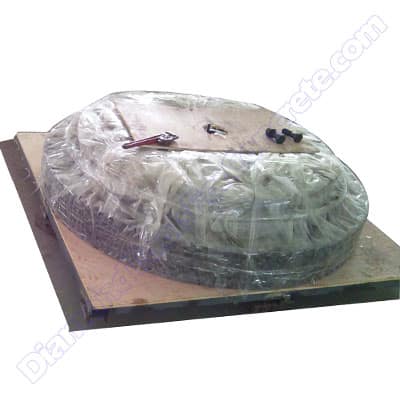
Packaging for large blade
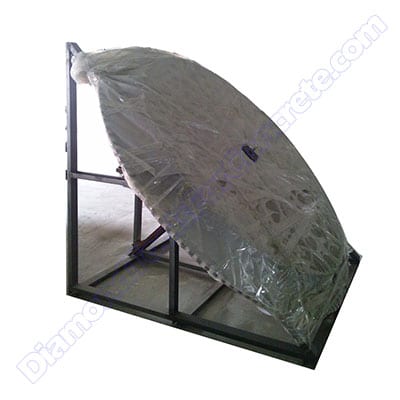
Packaging for very large blade
Shipping methods
For delivery, there are five main shipping methods: Express, Air Freight, and Sea Freight are the most commonly used, while Rail and Truck are typically employed for destinations in Central Asia, Russia, Belarus, etc.
These shipping methods differ in various aspects. Let’s examine the main differences among Express, Air Freight, and Sea Freight.
| Express | Air Freight | Sea Freight | |
|---|---|---|---|
| Price | High | Medium | Low |
| Time | Fast | Medium | Slow |
| Suit Weight | Light weigh(such as the sample order) | Medium weight | Heavy weight |
| Method of Receiving Your Goods | Door-to-door | Pick up the goods from the Air Port yourself | Door-to-door Door-to-CY(Container Yard) Door-to-CFS(Container Freight Station |
The shipping rates are tiered based on weight, with heavier shipments costing less per kilogram. If your order is close to qualifying for a lower rate by adding a bit more weight, we’ll notify you and confirm if you’d like to add more items to benefit from the better shipping rate.
Upon receipt of our proforma invoice, we will complete the shipping method, estimated transportation duration, and fees tailored to your specific order. In addition to reviewing the product items, kindly verify this section with us as well.
